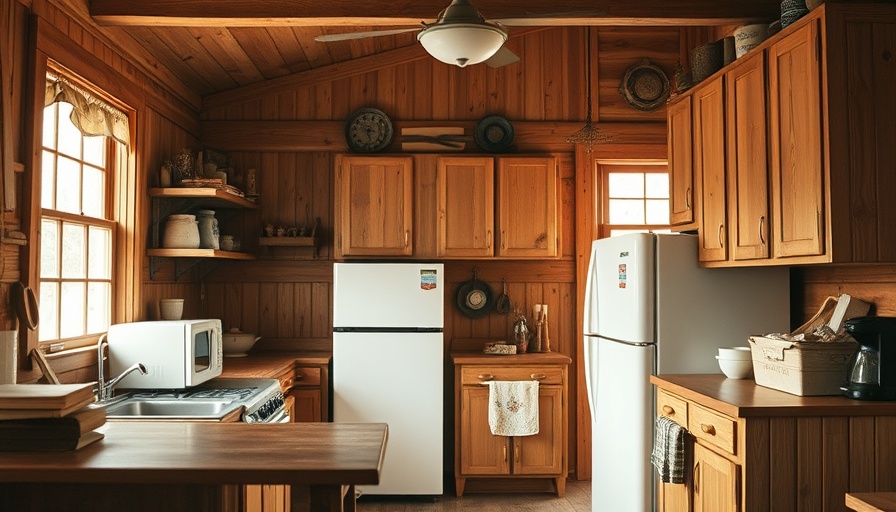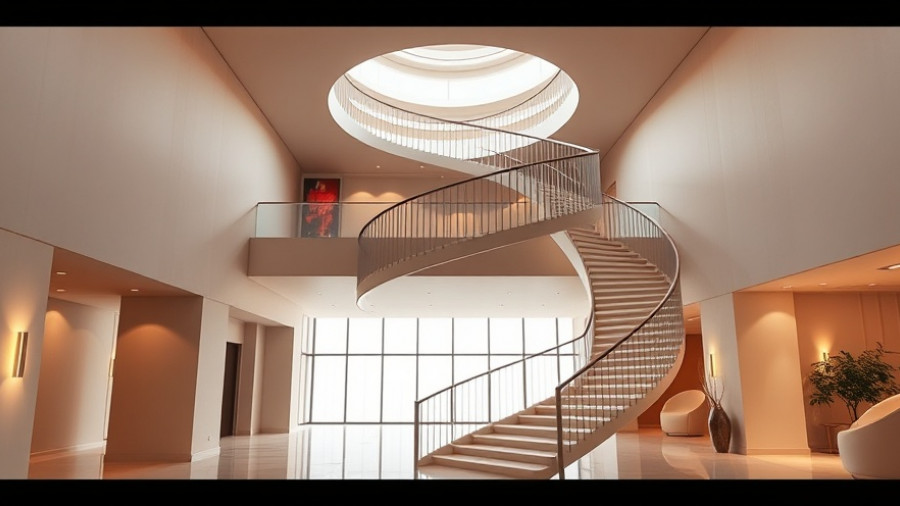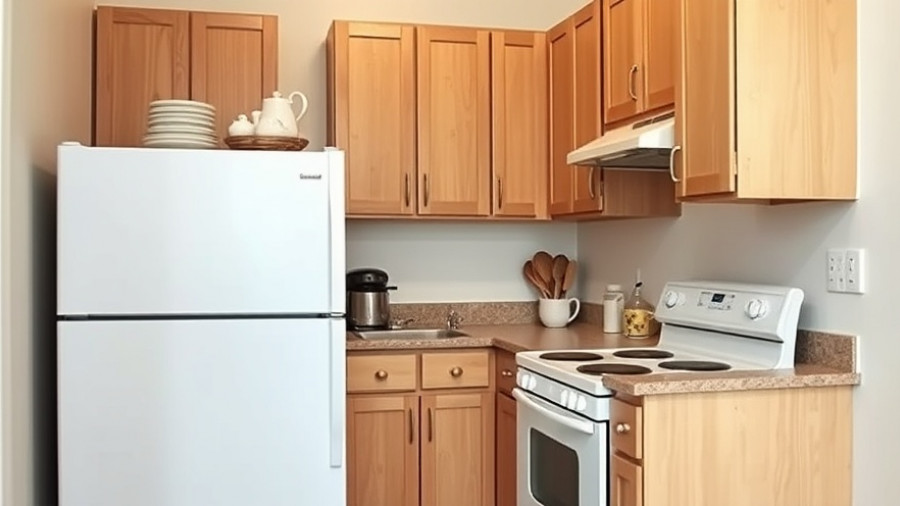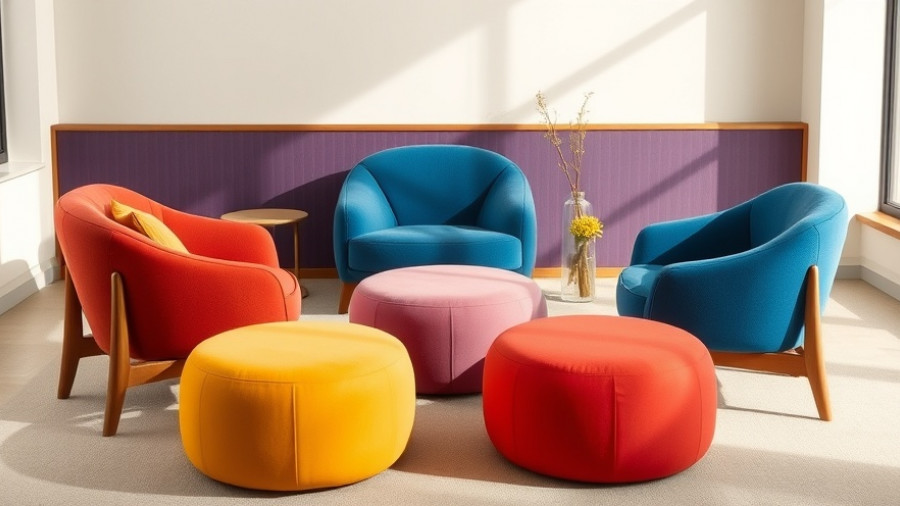
Transforming a 'Small, Disgusting, and Outdated' Cabin Kitchen
Many cabin kitchens, especially those built in the mid-20th century, face common challenges: outdated layouts, wear and tear, and a lack of modern functionality. Such was the case for Amy and Mitch Disselkoen when they purchased their 1960s cabin. Describing their new kitchen as 'small, disgusting, and outdated,' they set out on a journey to transform the space into something lively and practical—all for $2,500.
Budget-Friendly Renovation Techniques
Transforming an outdated kitchen on a budget isn't just possible; it can be a rewarding challenge. Amy and Mitch embraced various DIY strategies that enhanced their kitchen without breaking the bank. They began with crucial repairs, including upgrading electrical wiring to bring it up to code, key for both safety and functionality. This initial investment laid the foundation for subsequent changes that would dramatically improve the kitchen's aesthetics and usability.
Hardware swaps, such as new cabinet knobs and pulls, breathed new life into old cabinetry, while a fresh coat of paint made the walls more inviting. Amy also opted for a plank ceiling to add warmth and character. These simple shifts helped transform not only the look but the feel of the kitchen, showcasing how effective low-cost changes can elevate a space.
The Importance of Planning Your Renovation
When embarking on a renovation project, especially in older homes, thoughtful planning can save money and frustration. Homeowners might consider climate-friendly materials or sustainable practices that not only enhance the kitchen's look but also align with environmental ideals. Planning may include consulting with local contractors or even seeking advice from online platforms designed to guide DIY enthusiasts through their projects.
Creating a Personalized Space
A key element of Amy and Mitch's renovation was infusing personal touches into the kitchen. They opted for colors and features that reflected their taste while also highlighting the cabin's rustic charm. Kitchen design today emphasizes customization and the importance of reflecting the homeowner's personality, even within a constrained budget.
Tools for Success
Budget-conscious DIY renovations often require a specific toolkit and skills. Essential tools may include basic hand tools, a paint sprayer for even finishes on cabinetry, and a stud finder to help with secure installations. For homeowners looking to tackle similar projects, local hardware stores often offer workshops to educate and provide hands-on experience with tools and techniques.
Understanding the Value of Your Kitchen
The kitchen is often regarded as the heart of the home—a gathering place for family and friends. Thus, renovations not only increase property value but also improve day-to-day living experiences. For those considering a similar project, focusing on the kitchen's layout and flow can greatly influence overall satisfaction in the space post-renovation.
Amy and Mitch's goal wasn’t just to make their kitchen look good; it was to create a functional and welcoming space that would reflect their lifestyle. Before starting your renovation, ask yourself: how do you want to experience this space? What functions do you value most? These questions will guide your decisions and help ensure a successful transformation.
Start Your Own DIY Kitchen Renovation Today
If you’re inspired by the Disselkoens’ kitchen makeover, it might be time to take charge of your own project. Start by assessing your current space—what works, what doesn’t, and what changes you'd like to see. Most importantly, prioritize safety and details, balancing cost with quality to achieve the best results. Remember, a beautiful kitchen doesn’t have to cost a fortune, and you might find enjoyment in every step of the process.
 Add Row
Add Row  Add
Add 




Write A Comment